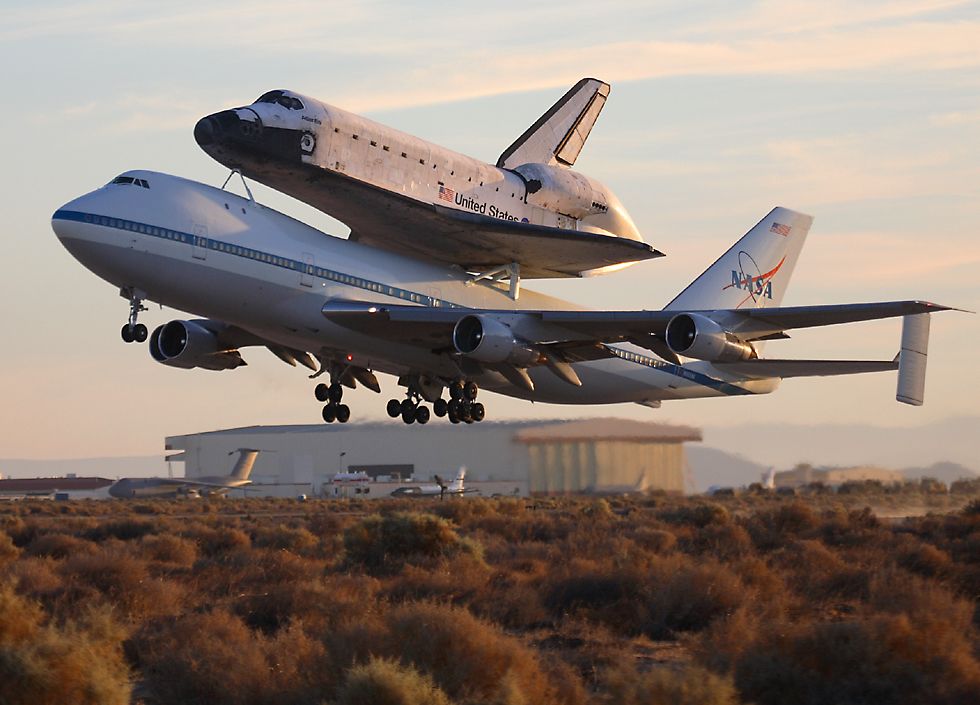STS-117 Departure from Edwards Air Force Base
|
Apart from the shuttle attachment points, the Shuttle Carrier Aircraft also has endplates on its horizontal tailplanes to add stability while flying with the shuttle. |
 |
|
Apart from the shuttle attachment points, the Shuttle Carrier Aircraft also has endplates on its horizontal tailplanes to add stability while flying with the shuttle. |
 |